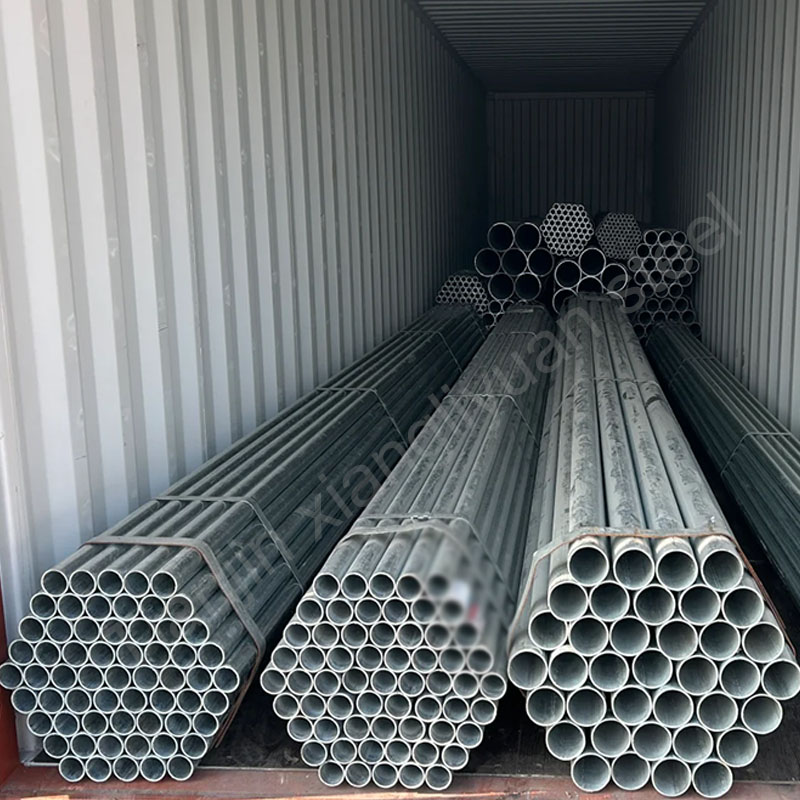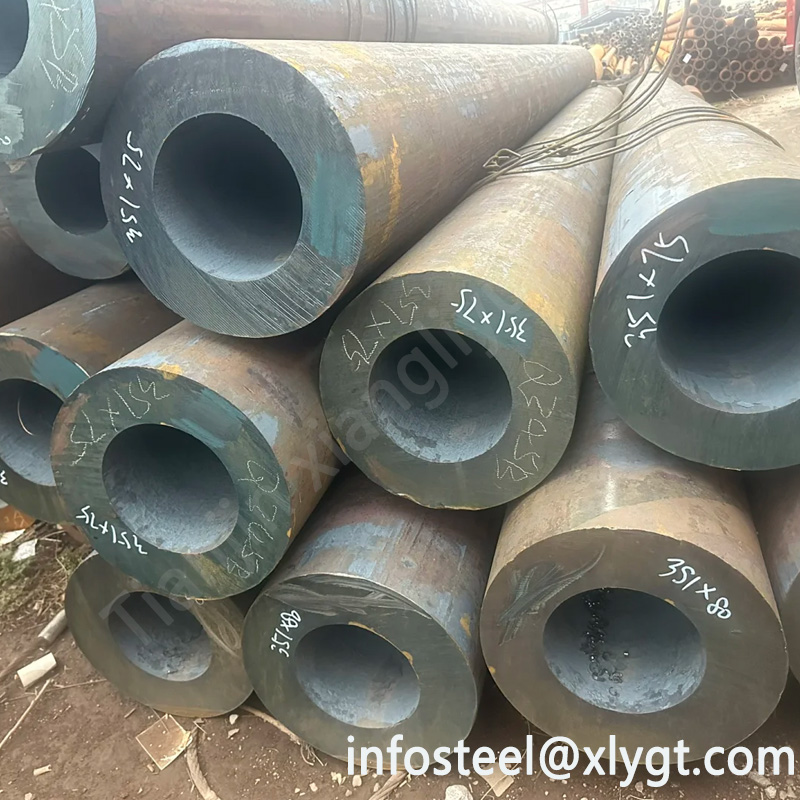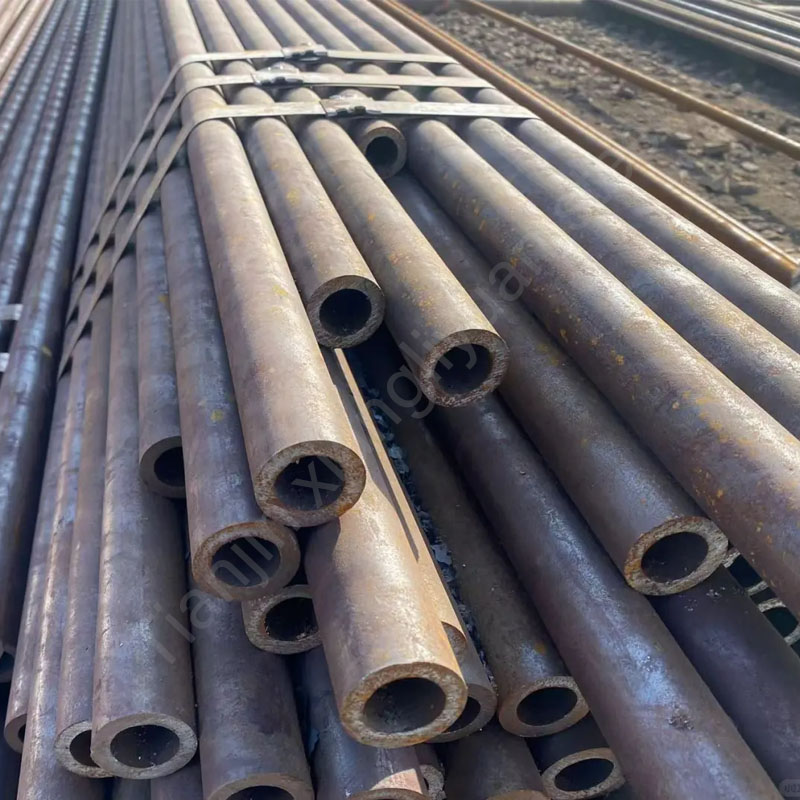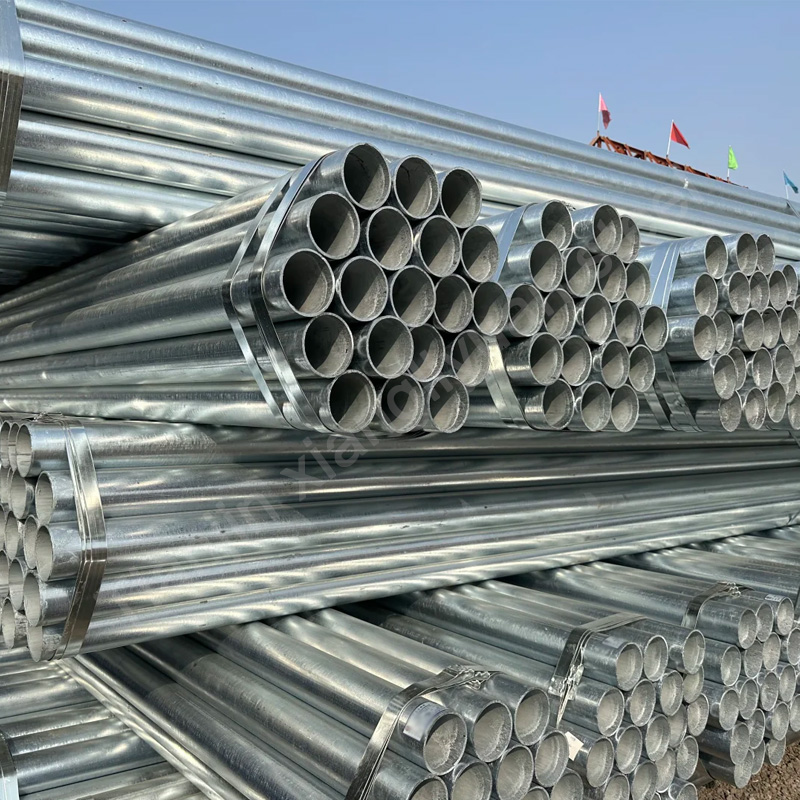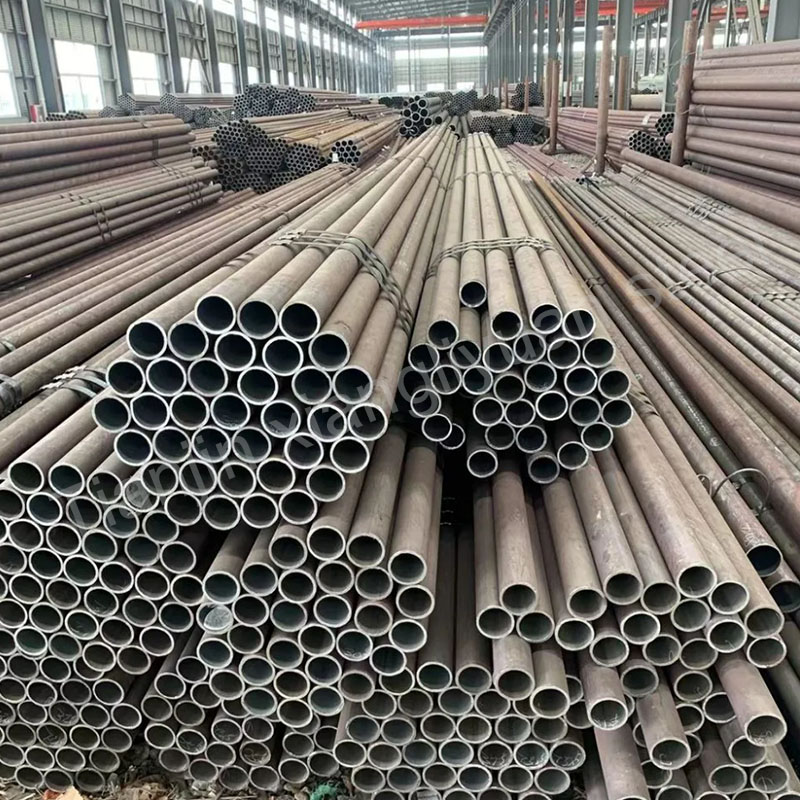Discover the critical differences between hot-dip galvanizing and electro-galvanizing processes for steel pipes. Learn which method suits your project for durability, cost, and corrosion resistance.
Introduction to Galvanized Steel Pipes
Galvanized steel pipes are a cornerstone of modern industrial and construction projects due to their exceptional corrosion resistance and longevity. The zinc coating applied during galvanizing protects steel from rust, moisture, and environmental wear. However, not all galvanizing methods are equal. Two primary techniques dominate the industry: hot-dip galvanizing (HDG) and electro-galvanizing (EG). Understanding their differences ensures optimal performance for your applications.
In this guide, we’ll explore:
The science behind hot-dip and electro-galvanizing processes
Coating properties, durability, and cost comparisons
Industry-specific applications for each method
How to choose the right galvanized steel pipe for your needs
What is Hot-Dip Galvanizing?
Process Overview
Hot-dip galvanizing involves immersing steel pipes in molten zinc (typically at 450°C/840°F). The process follows these steps:
Surface Preparation: Degreasing, pickling (acid wash), and fluxing to remove impurities.
Zinc Bath Immersion: Dipping the steel into a molten zinc bath, triggering a metallurgical reaction.
Coating Formation: Zinc bonds with iron to create zinc-iron alloy layers (e.g., gamma, delta, and zeta layers) topped with pure zinc.
Key Characteristics
Thicker Coating (50–150 µm): Ideal for harsh environments.
Superior Adhesion: Alloy layers ensure long-term protection even if scratched.
Rust Prevention: Sacrificial zinc coating corrodes before the steel.
Common Applications
Outdoor structures (bridges, transmission towers)
Agricultural equipment
Water and gas pipelines
Marine and coastal installations
Keywords: hot-dip galvanized steel pipe, HDG process, molten zinc coating, corrosion-resistant steel pipes
What is Electro-Galvanizing?
Process Overview
Electro-galvanizing (electrolytic galvanizing) uses an electric current to deposit zinc onto steel pipes:
Electrolyte Bath: Steel acts as the cathode in a zinc-rich electrolyte solution.
Electroplating: Direct current dissolves zinc anode, depositing ions onto the steel surface.
Post-Treatment: Passivation or chromating enhances corrosion resistance.
Key Characteristics
Thinner Coating (5–30 µm): Smooth, uniform finish for precision applications.
Aesthetic Appeal: Bright, shiny surface ideal for visible components.
Cost-Effectiveness: Lower zinc consumption and energy use.
Common Applications
Automotive parts (fuel lines, chassis)
Electrical conduits
Indoor appliances and HVAC systems
Decorative architectural elements
Keywords: electro-galvanized steel pipe, electroplated zinc coating, precision galvanizing
Hot-Dip vs. Electro-Galvanizing: 5 Critical Differences
1. Coating Thickness and Durability
HDG: Thicker, multi-layered coating offers decades of protection (up to 100+ years in mild environments).
EG: Thin coating suits mild conditions but may require recoating in corrosive settings.
2. Adhesion and Impact Resistance
HDG: Alloy layers bond tightly to steel, resisting mechanical damage.
EG: Coating adheres electrostatically; scratches expose bare steel.
3. Cost and Production Speed
HDG: Higher initial cost due to energy-intensive processes; ideal for long-term projects.
EG: Faster, cheaper for high-volume production with moderate durability needs.
4. Surface Finish and Aesthetics
HDG: Matte gray finish with slight roughness; visible spangles (crystalline patterns).
EG: Smooth, bright finish for cosmetic applications.
5. Environmental Resistance
HDG: Excels in saltwater, acidic, or high-humidity environments (ASTM A123/A123M compliant).
EG: Best for dry, indoor use; prone to white rust in wet conditions.
How to Choose Between HDG and EG Steel Pipes
Selecting the right method depends on:
Environment: HDG for outdoor/marine use; EG for controlled indoor settings.
Budget: HDG for lifecycle cost savings; EG for upfront savings.
Aesthetic Needs: EG for visible components; HDG for structural invisibility.
Coating Longevity: HDG for low-maintenance projects; EG for short-term solutions.
Industry Standards and Certifications
Ensure compliance with global standards:
Hot-Dip Galvanizing: ASTM A123, ISO 1461, AS/NZS 4680
Electro-Galvanizing: ASTM B633, ISO 2081
Why Choose Our Galvanized Steel Pipes?
As a leading supplier of hot-dip and electro-galvanized steel pipes, we guarantee:
Premium Materials: High-grade steel with certified zinc coatings.
Custom Solutions: Tailored thickness, sizes, and post-treatment.
Global Compliance: Meet ASTM, ISO, and industry-specific requirements.
Expert Support: Technical guidance for optimal galvanizing selection.
Both hot-dip and electro-galvanizing offer unique advantages for steel pipe protection. While HDG provides unmatched durability for harsh environments, EG delivers cost efficiency and aesthetic precision. By understanding these differences, you can optimize performance, reduce lifecycle costs, and ensure project success.
Ready to Order? Contact our team today for high-quality galvanized steel pipes engineered to your specifications.

